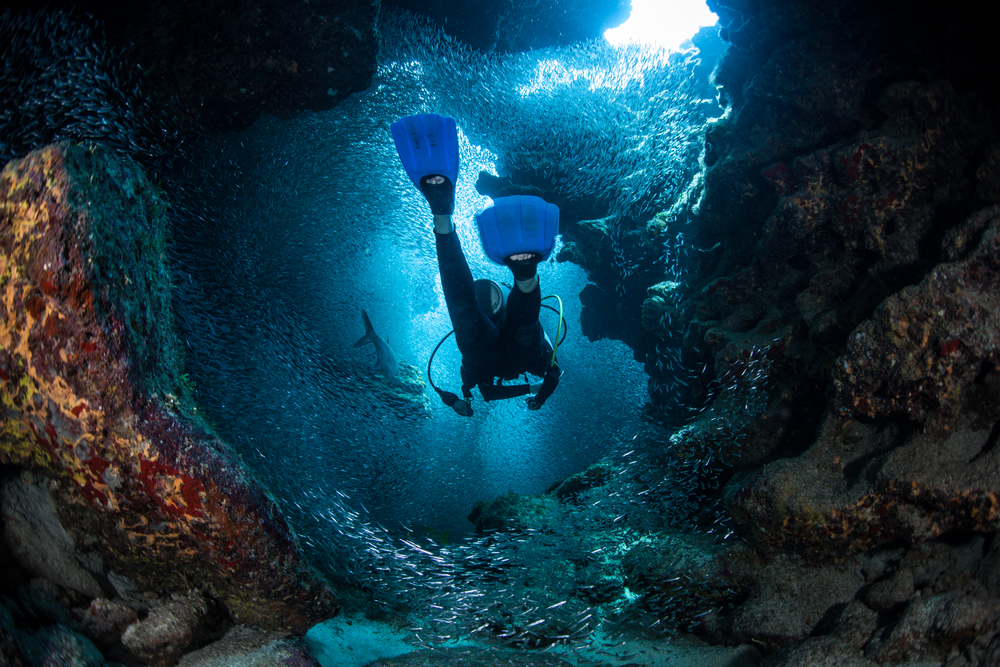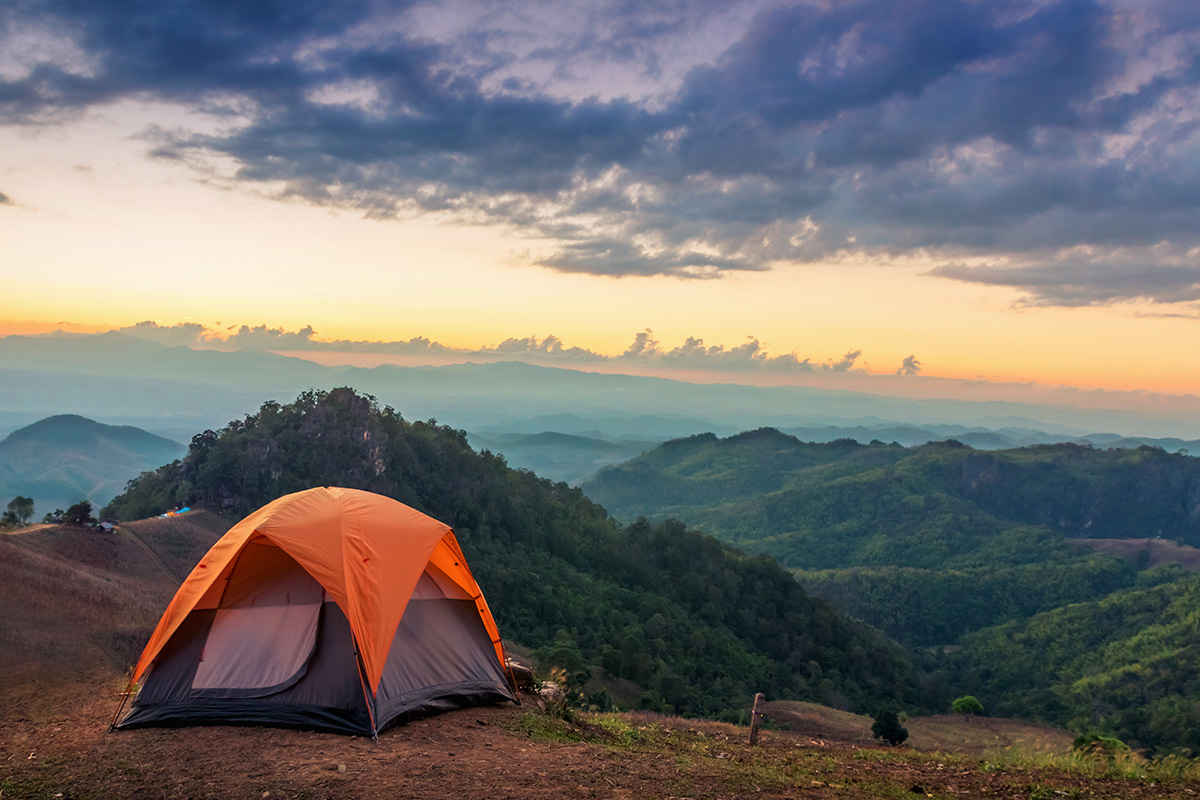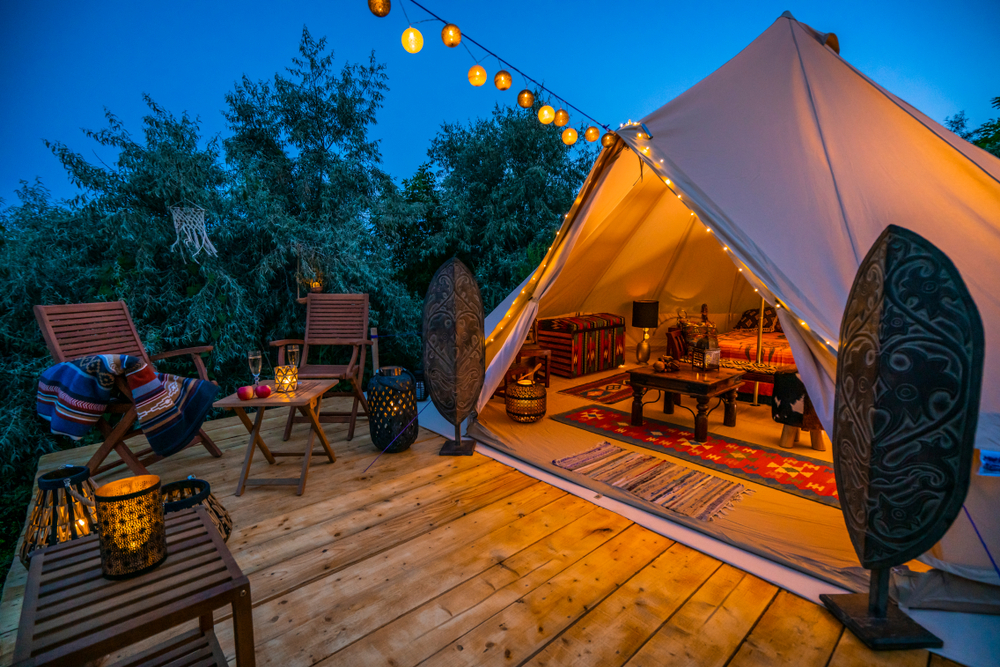Thru-Hiking 101: Everything You Need To Know Before You Hit the Trail
- Written by
- On Friday, August 19, 2022
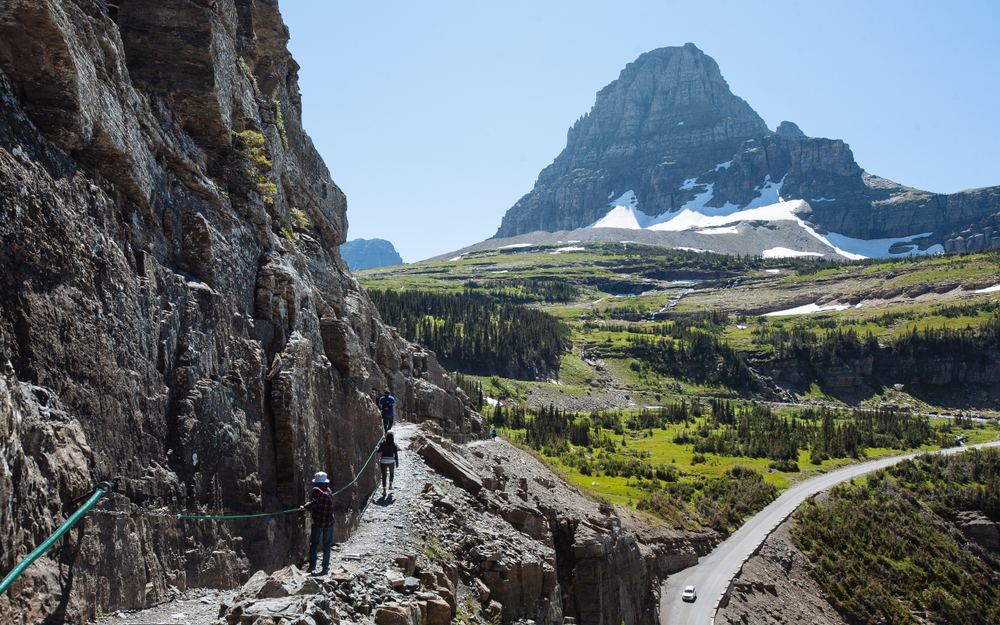
Three of the most legendary hiking trails in the U.S. are thru-hikes, all together known as the Triple Crown: the Appalachian Trail, the Pacific Crest Train, and the Continental Divide. Whether you’ve thought about backpacking these trails yourself or simply heard about them on TV and in movies, then you understand the truly epic adventure that thru-hikes entail.
While thru-hiking can be daunting, with the right planning and prep, just about anyone can make it happen. So first of all, what is thru-hiking?
What is Thru-Hiking?
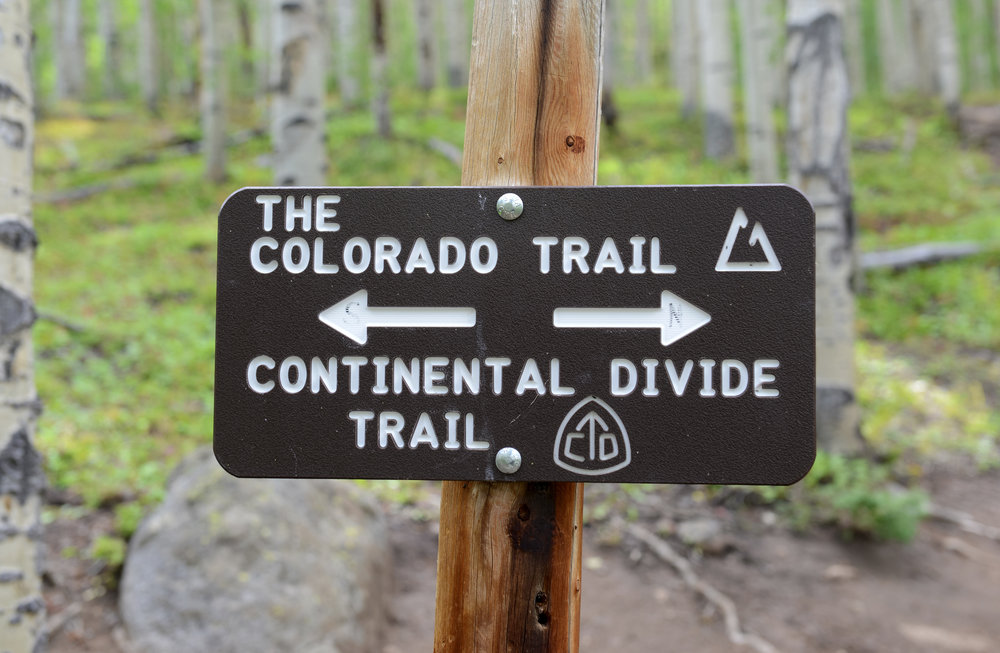
A thru-hike is any trail you hike from end to end in a single trip and can take anywhere from a few days to several months. Some hikers may opt to leave the trail to rest in town, sightsee, or restock on supplies, but as long as you finish in one trip, you’ve successfully completed a thru-hike.
While it’s true that just about any trail can be thru-hiked, there are certain trails that are most popular among backpackers because they’re iconic long-distance trails spread throughout the United States. We mentioned the Appalachian Trail and the Pacific Crest Trail, and other popular thru-hikes include the Arizona Trail, California Coastal Trail, Colorado Trail, Oregon Coast Trail, and Superior Hiking Trail.
Beginner Thru-Hiking Options
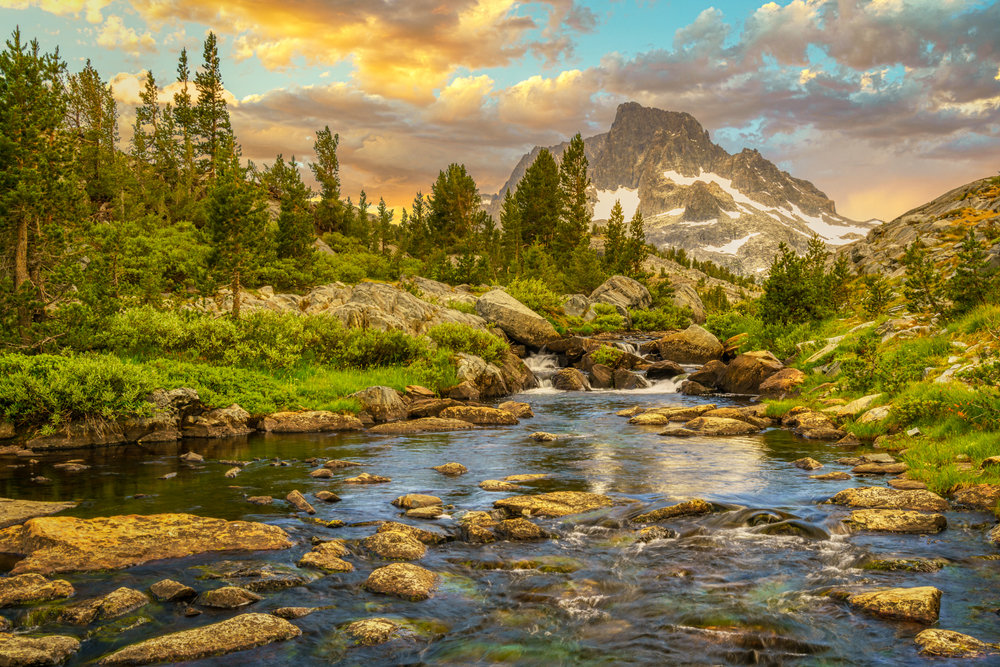
Not everyone has five or more months to commit to an epic trail, and some beginner hikers simply need a place to start in order to work their way up to a grand camping adventure. Here are some options for how to begin your thru-hiking career.
First of all, your first excursion can start with a shorter trail. For example, the Sierra High Route in California is only 195 miles, following along the Sierras through lake-dotted valleys and high granite passes.
Another alternative to a classic thru-hike would be to section hike a larger trail. While the Pacific Crest Trail is 2,650 miles long, the John Muir Trail running along a portion is only 211 miles long, and crosses through Yosemite National Park.
Finally, you can even flip flop and hike the trail section out of order, for example starting a trail midway and then flying back to other sections. At the end of the day, the way you choose to enjoy these backpacking trails is up to you!
Planning for a Thru-Hike
If thru-hiking is a life goal, then don’t forget to do your research, plan accordingly, and take it one step at a time - literally!
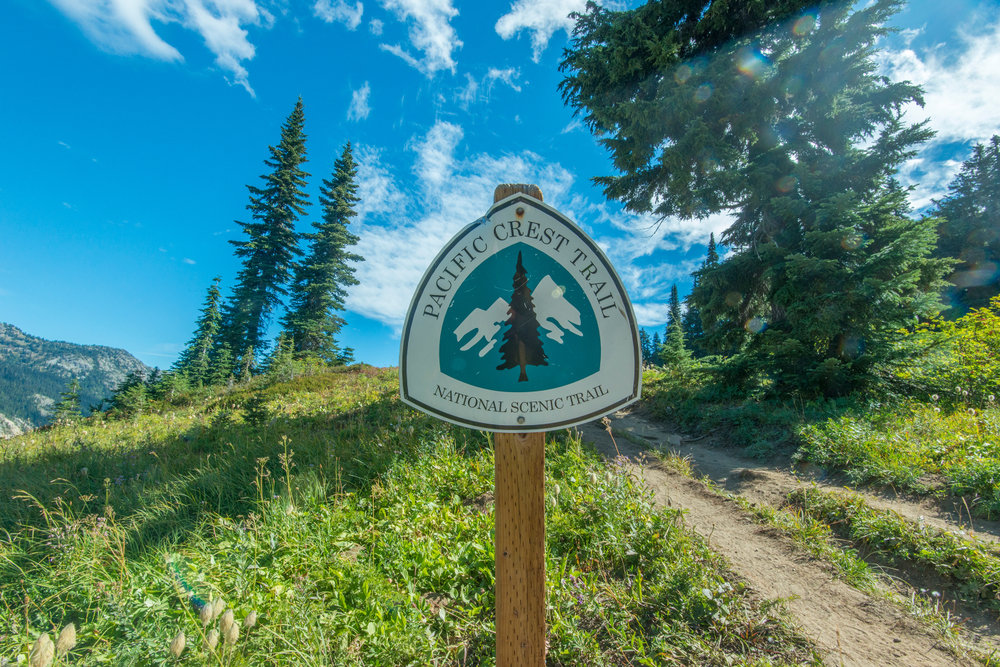
Food for your Thru-Hike
There are generally three different food options you do: buy as you go, prepare everything beforehand, or a combination of the two. Keep in mind that if you decide to buy food as you go and restock in towns along your mapped out trail, you could end up spending much more than you anticipated. Options may be limited once you’re out and about, and keep in mind refueling as you go may not work for a more remote trail.
If you want to pre-plan every meal before you head out, you can mail dehydrated or prepackaged food to yourself at stopping points for you to pick up along the way. Either way, remember that the longer you hike, the more calories you’ll need to keep going! So nearing the end of your hike you’ll need to plan for larger meals to keep your energy up.
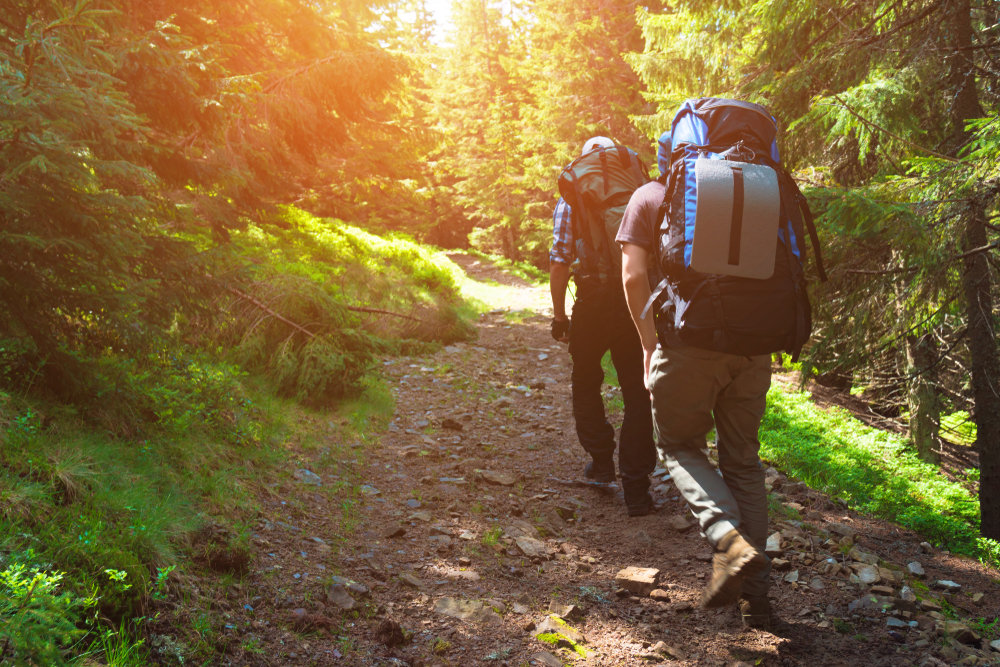
Time Management
Realize upfront that you won’t be able to predict every obstacle you’ll face - it’s simply not possible. Which means you’ll need to be flexible when it comes to the anticipated timeline of a thru-hike. Your plans may change, things will go wrong, and you’ll have to adapt, which could add more time to your trip. But that’s all part of the fun!
This also means it’s important to be patient. It’s not about the destination, it’s the journey. So if you have to navigate around trail closures, delay because of wildfires, or simply take a detour, don’t sweat it. Enjoy your rest time and regroup before continuing on.
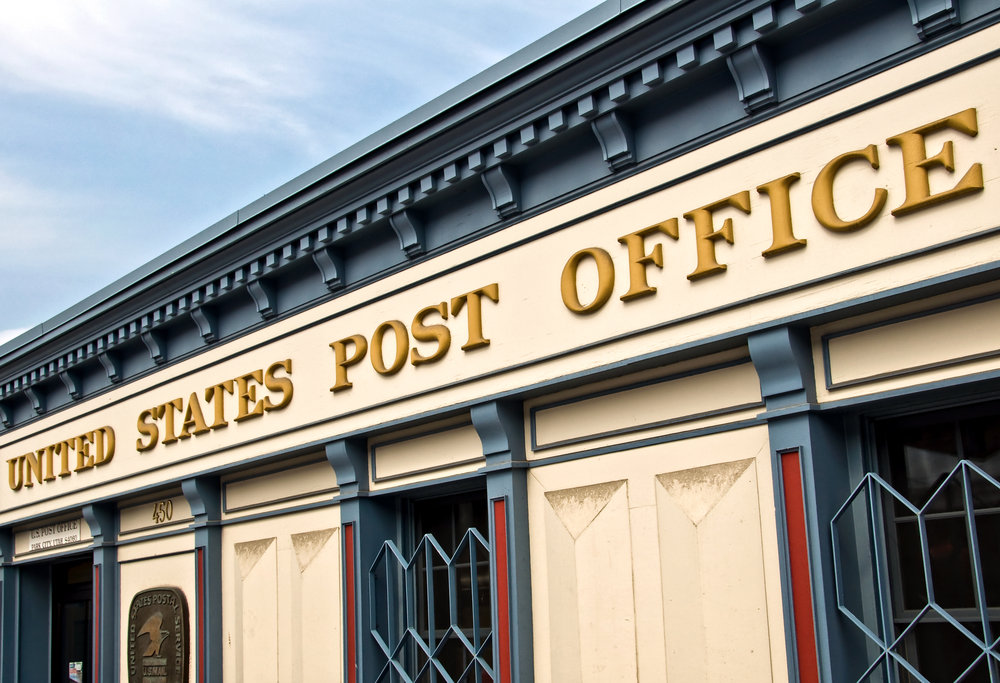
The Importance of a “Bounce Box”
As you move through these long and winding trails, you will need different types of gear along the way. In order to accommodate each geographic area and even the changing of the seasons, most backpackers will use a “bounce box” which is like a moving cache.
Mailed from town to town so you don’t have to carry an entire garage worth of gear on your back, a “bounce box” allows you to swap out your gear from time to time so you always have the right clothing, footwear, and more. Most post offices will hold your box for up to two weeks to give you plenty of time to pick it up, or forward it to a new location.

